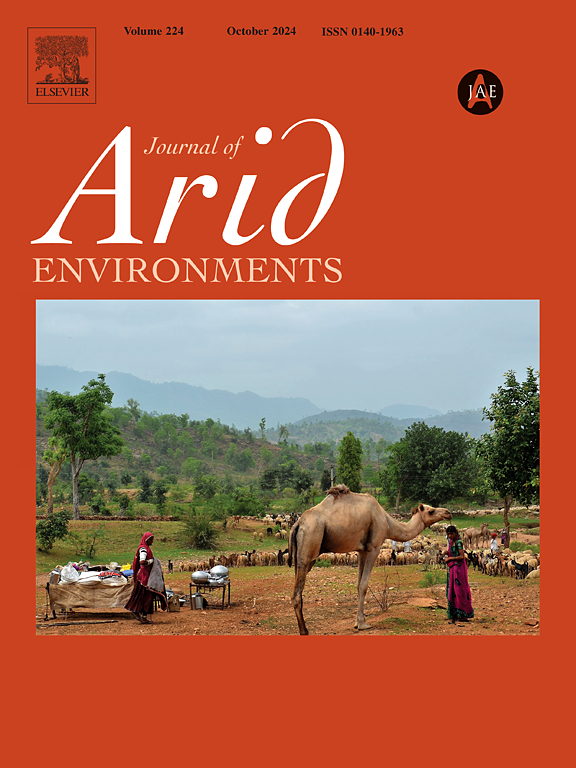Invasive plants contribute to arrested succession in highly disturbed tropical dry forests: A field experiment in the Brazilian Caatinga
IF 2.6
3区 环境科学与生态学
Q2 ECOLOGY
引用次数: 0
Abstract
Dry forests have been historically modified by multiple human disturbances resulting in a mosaic of forest areas with different successional stages embedded within anthropogenic landscapes. Anthropogenic drivers, such as the spread of invasive species, can favour the establishment of alternative successional trajectories in regenerating dry forests, thereby shifting communities into a novel functional and structural composition. Here, we use a randomized complete block factorial field experiment to assess the role of invasive plant species and nutrient enrichment in the community-level attributes of native plants in a regenerating forest stand of Caatinga dry forest, northeastern Brazil. We sampled 48 3 × 3 m plots corresponding to eight treatments showing different levels of exotic grass invasion and nutrient input (NPK). Our results show that plant assemblages were impoverished and dominated by a few species of herbs, shrubs and subshrubs indicating a scenario of arrested succession. We demonstrate cross-treatment differences in community-level attributes of native plants with most exclusive plant species restricted to treatments with low presence of invasive species. The number of rare native species declined with increasing invader cover, while native plant species richness increased. However, this positive effect of invasive species on total species richness was associated with the proliferation of native grass, herbs and shrubs. Our findings show the important role of both high densities of an invasive grass species and land-use history on native plant assemblages, with drastic impoverishment in terms of tree species, which clearly indicates a scenario of arrested succession.

入侵植物有助于在高度受干扰的热带干燥森林中阻止演替:巴西卡廷加的一项野外试验
历史上,干旱森林受到多次人为干扰的改变,导致不同演替阶段的森林地区镶嵌在人为景观中。人为驱动因素,如入侵物种的扩散,有利于在再生干燥森林中建立替代演替轨迹,从而将群落转变为一种新的功能和结构组成。在巴西东北部Caatinga干旱林再生林分中,采用随机完全块因子田间试验,研究了入侵植物物种和养分富集对原生植物群落属性的影响。8个不同处理的48个3 × 3 m样地显示不同程度的外来草入侵和氮磷钾输入。研究结果表明,该地区植物群落较为贫瘠,主要由草本植物、灌木和亚灌木等几种植物组成,表现出演替受阻的现象。我们证明了本地植物群落水平属性的交叉处理差异,大多数独有的植物物种仅限于低入侵物种存在的处理。随着入侵盖度的增加,珍稀本地物种数量减少,而本地植物物种丰富度增加。然而,入侵物种对物种总丰富度的积极影响与本地草、草本和灌木的增殖有关。我们的研究结果表明,高入侵密度的禾草物种和土地利用历史对本地植物组合的重要作用,树种的极度贫瘠,这清楚地表明了一种停滞演替的情景。
本文章由计算机程序翻译,如有差异,请以英文原文为准。
求助全文
约1分钟内获得全文
求助全文
来源期刊

Journal of Arid Environments
环境科学-环境科学
CiteScore
5.70
自引率
3.70%
发文量
144
审稿时长
55 days
期刊介绍:
The Journal of Arid Environments is an international journal publishing original scientific and technical research articles on physical, biological and cultural aspects of arid, semi-arid, and desert environments. As a forum of multi-disciplinary and interdisciplinary dialogue it addresses research on all aspects of arid environments and their past, present and future use.
 求助内容:
求助内容: 应助结果提醒方式:
应助结果提醒方式:


